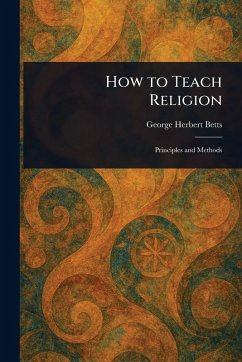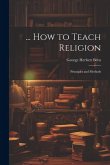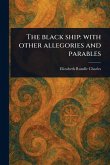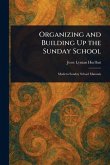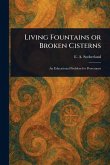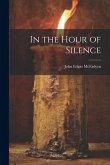"How to Teach Religion: Principles and Methods" by George Herbert Betts offers a comprehensive guide to religious education, drawing upon principles of teaching methods and child psychology. This historical text, meticulously prepared for republication, explores effective strategies for Christian education, particularly within the context of Sunday school instruction. Betts delves into the essential elements of moral development and provides practical approaches to engaging young minds in religious study. Covering a broad spectrum of topics related to religion, study, and teaching, this book remains a valuable resource for anyone interested in the foundations of religious instruction. Explore timeless principles for cultivating faith and understanding in learners of all ages through clear explanations and insightful observations. This work has been selected by scholars as being culturally important, and is part of the knowledge base of civilization as we know it. This work is in the public domain in the United States of America, and possibly other nations. Within the United States, you may freely copy and distribute this work, as no entity (individual or corporate) has a copyright on the body of the work. Scholars believe, and we concur, that this work is important enough to be preserved, reproduced, and made generally available to the public. We appreciate your support of the preservation process, and thank you for being an important part of keeping this knowledge alive and relevant.
Bitte wählen Sie Ihr Anliegen aus.
Rechnungen
Retourenschein anfordern
Bestellstatus
Storno

